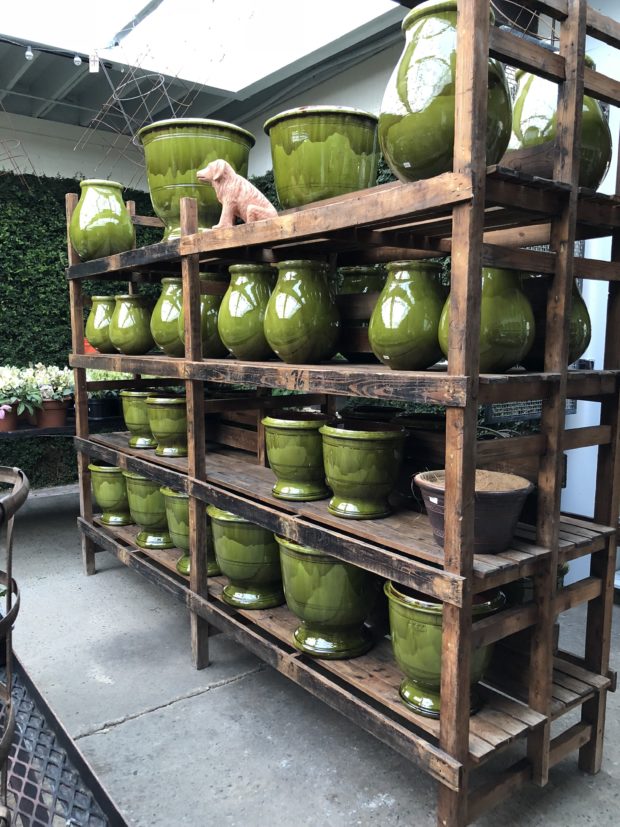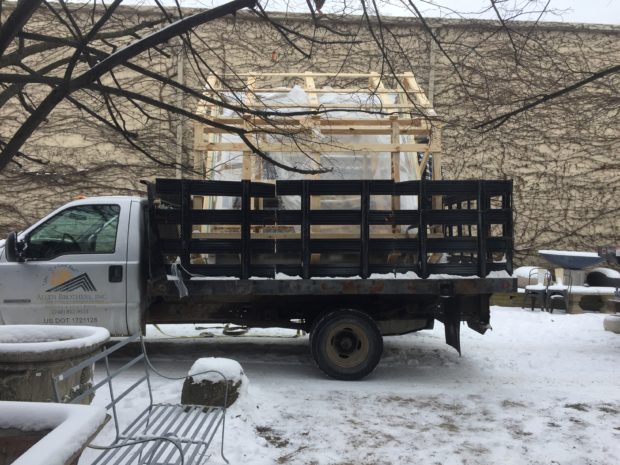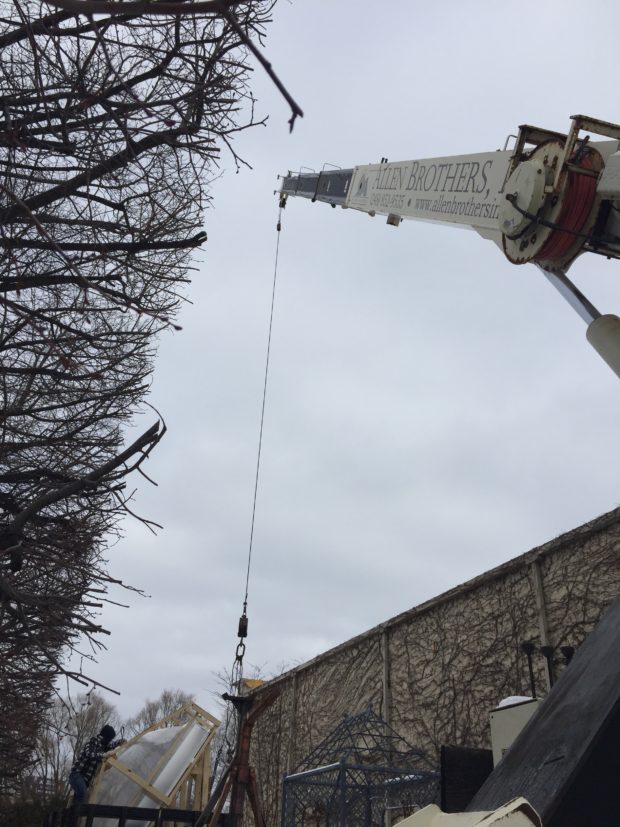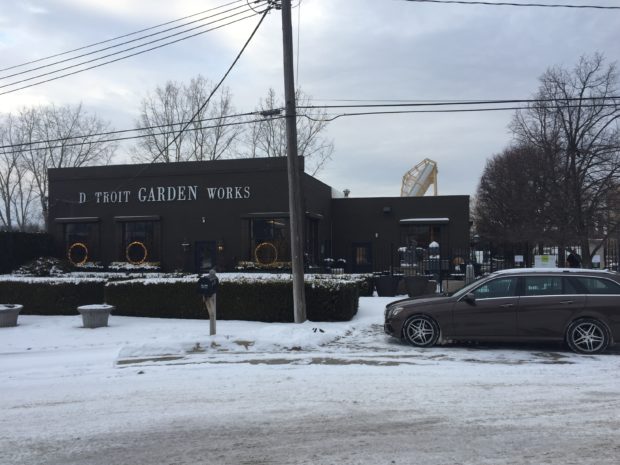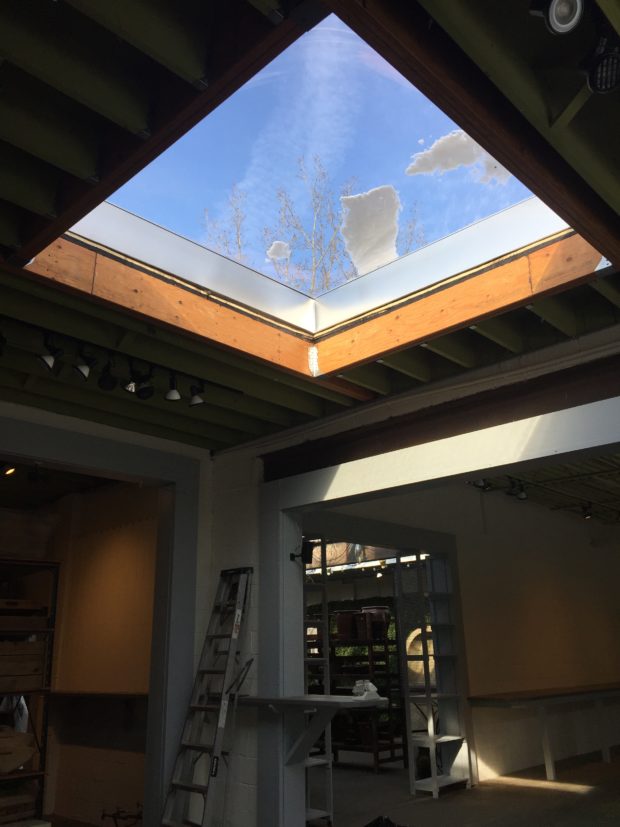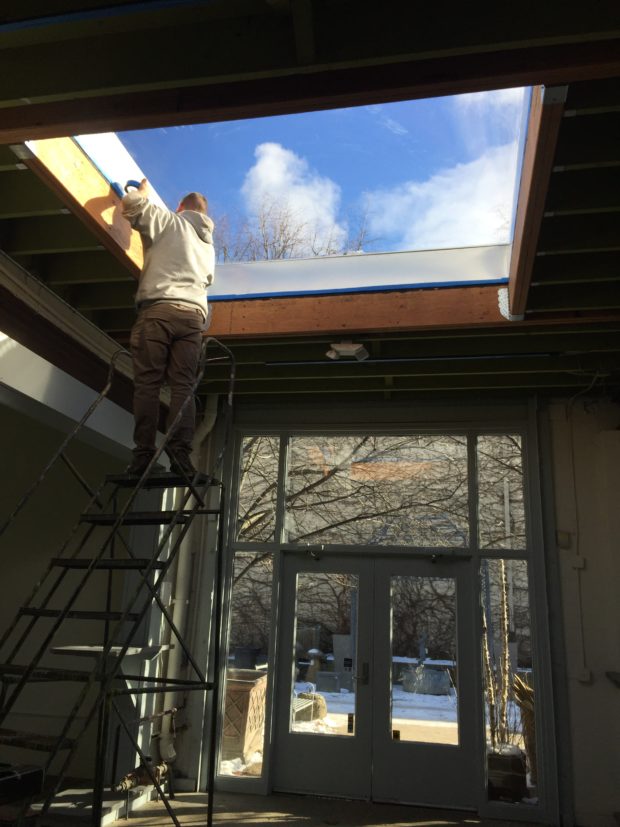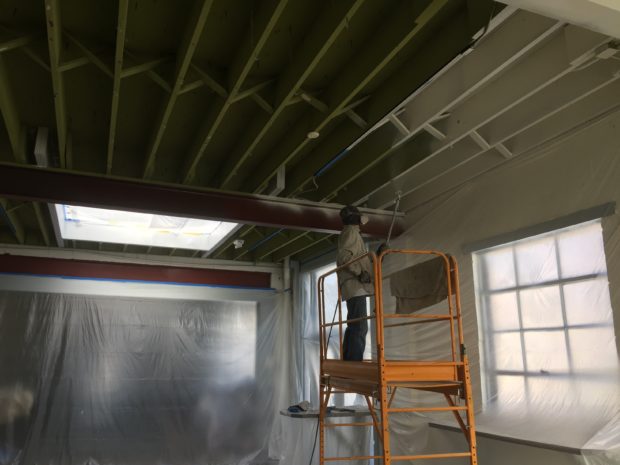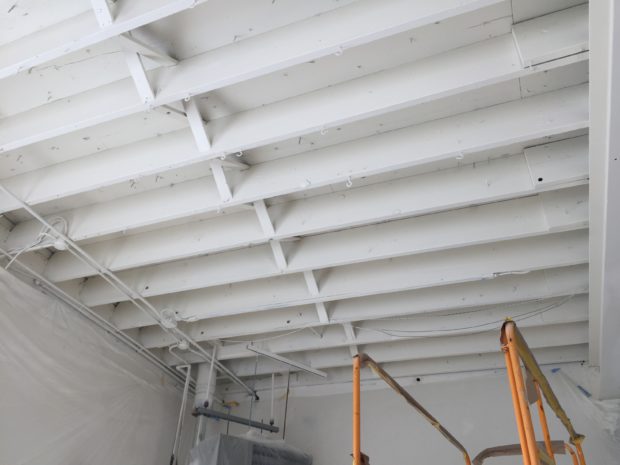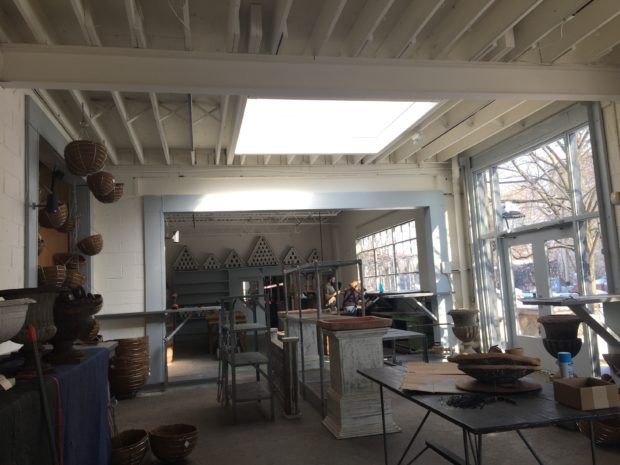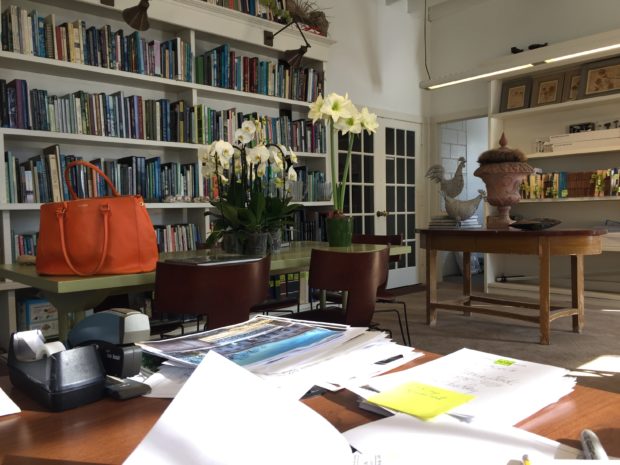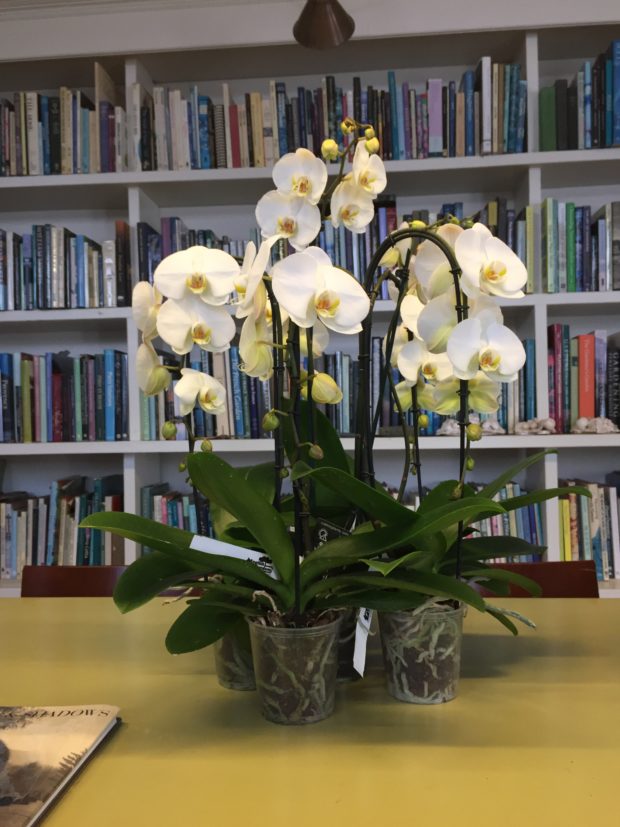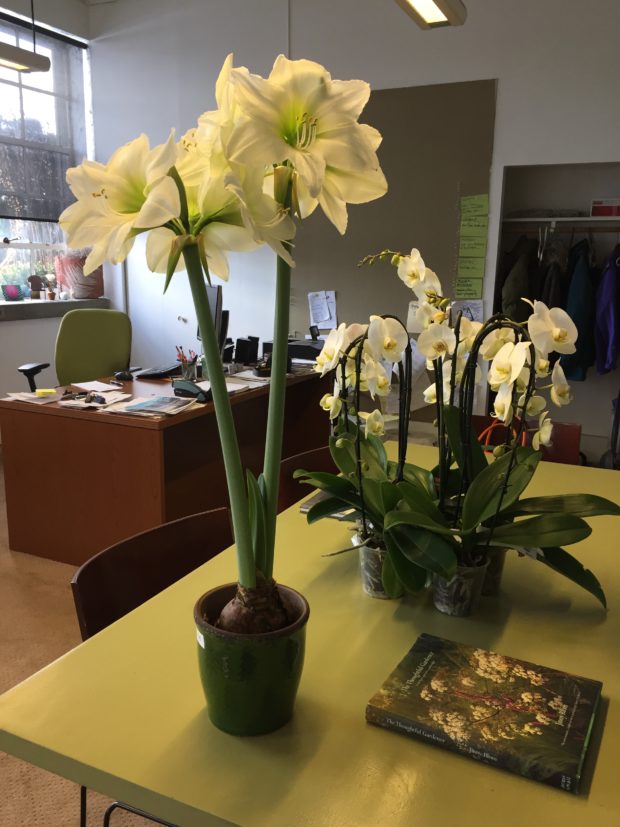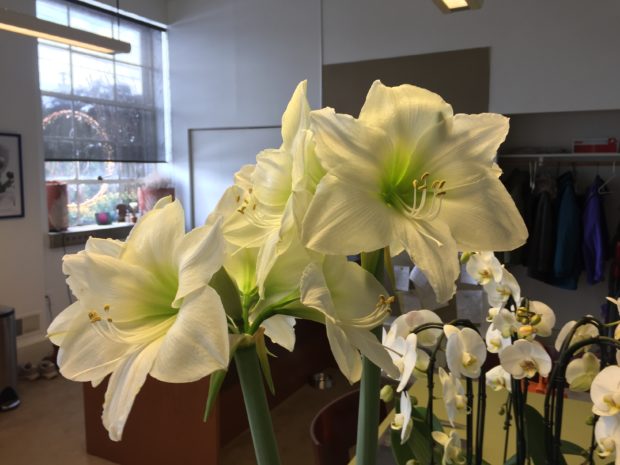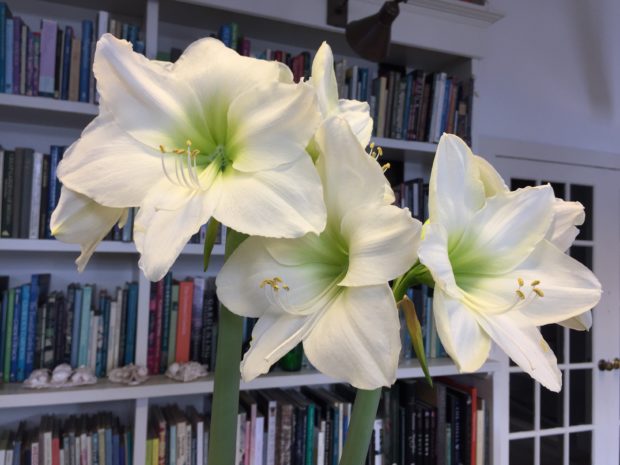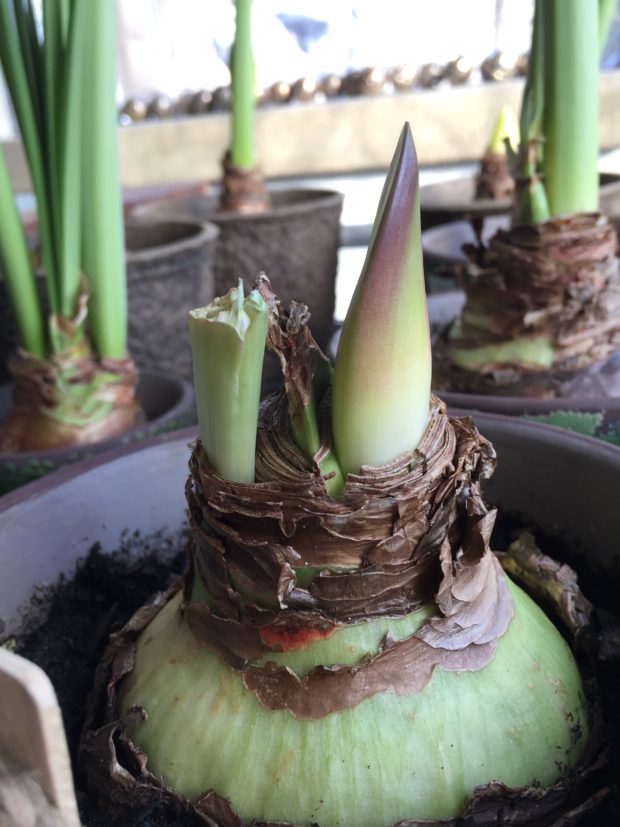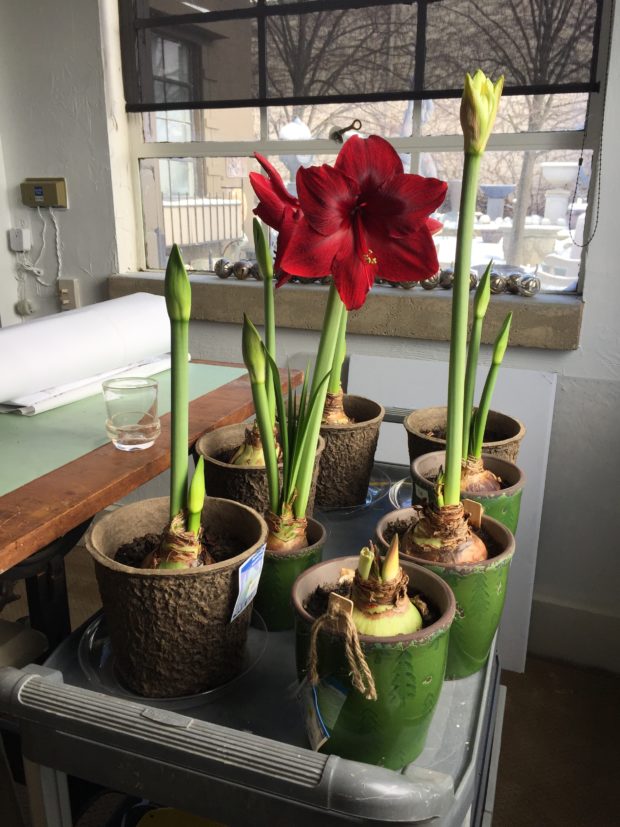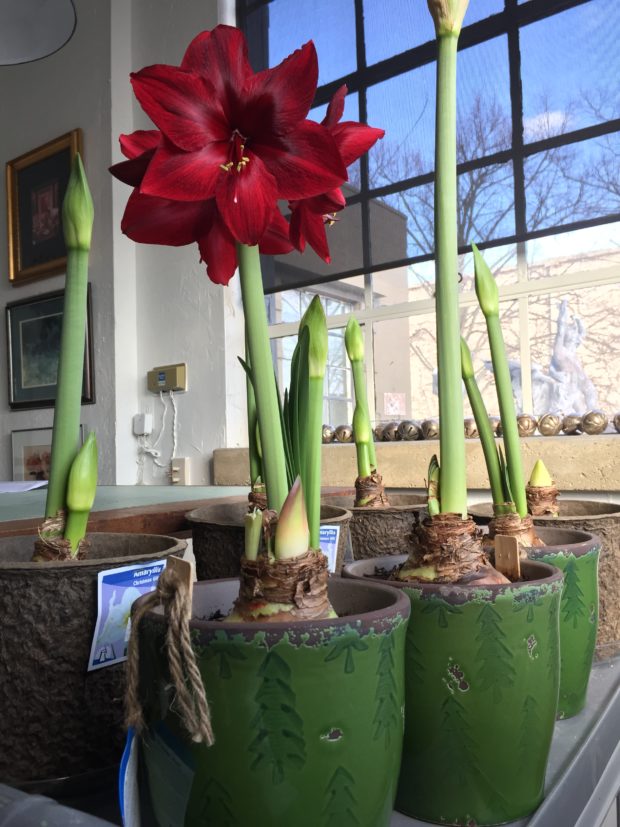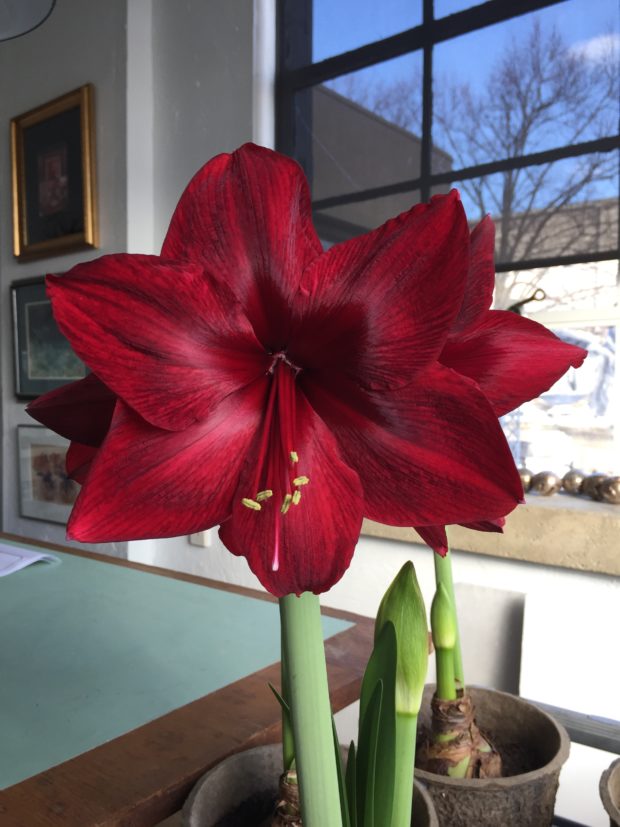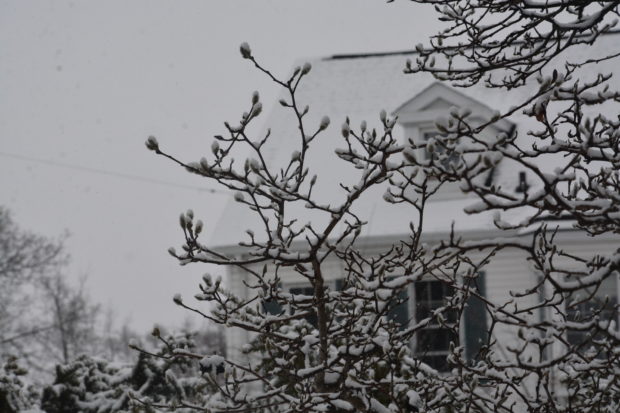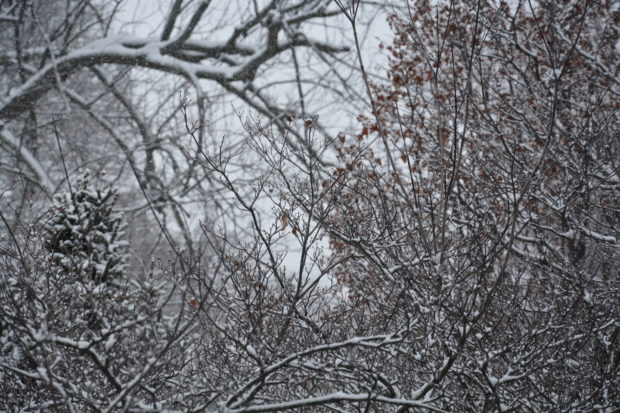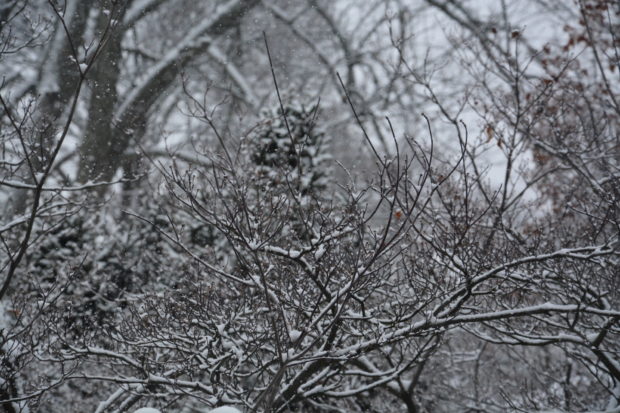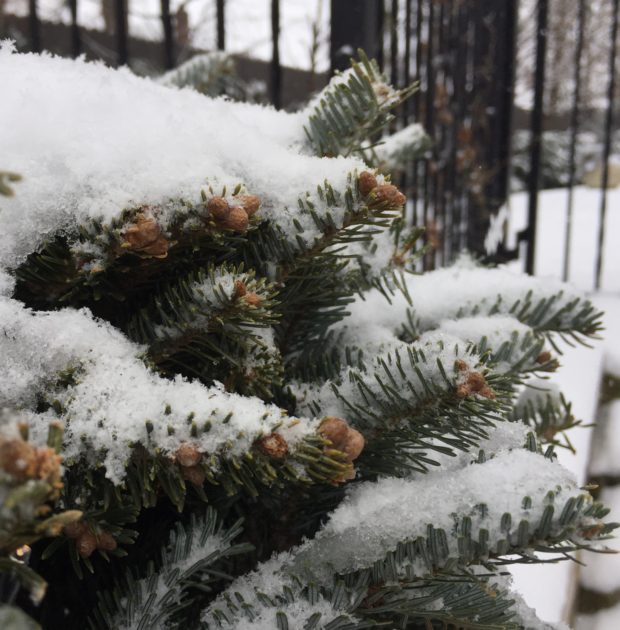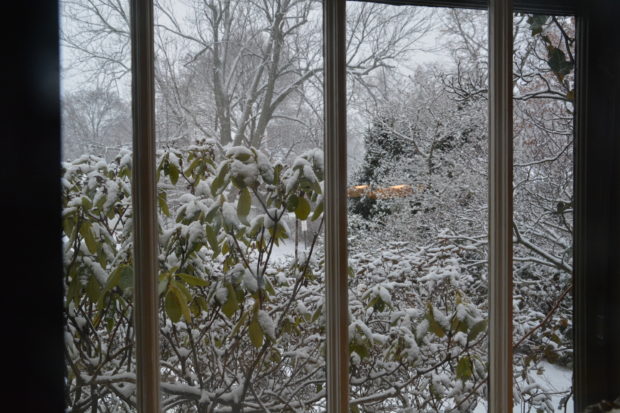 Rob shops on and off all year long, but in the month of September, he shops in Europe and the US, traveling just about full time. Months ahead of the fact, he is shopping for the spring season to come. Last year’s extended shopping trip was to France. Suffice it to say that he landed in Paris, picked up his rental car, and hit the ground running. For weeks he drove all over France attending antique shows, visiting dealers with whom he has long standing relationships, potteries, small specialty businesses, and the Maison Et Objet design fair. This biannual fair, one of the largest in the world, features high style objects for both inside and out.
Rob shops on and off all year long, but in the month of September, he shops in Europe and the US, traveling just about full time. Months ahead of the fact, he is shopping for the spring season to come. Last year’s extended shopping trip was to France. Suffice it to say that he landed in Paris, picked up his rental car, and hit the ground running. For weeks he drove all over France attending antique shows, visiting dealers with whom he has long standing relationships, potteries, small specialty businesses, and the Maison Et Objet design fair. This biannual fair, one of the largest in the world, features high style objects for both inside and out.
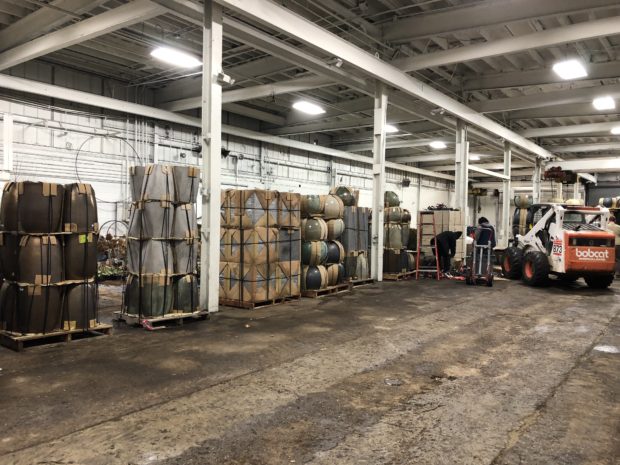 In January of last year, his trip to the Mart in Atlanta resulted in the purchase of a container load of pots from Vietnam. A dealer in Louisiana who owns potteries and contracts out the manufacture of pots to her specification in Vietnam is a friend and valued supplier. Rob places an order, based on pot shapes and glazes that he sees in person. These stoneware pots are frost proof. Her glazes are beautiful, intriguing, and equally as frost proof as the clay body. The frost proof part is a big issue for gardeners in Michigan. A pot that can stay out all winter is of great value in our climate. Pots that can stay in place over the winter are pots we like.
In January of last year, his trip to the Mart in Atlanta resulted in the purchase of a container load of pots from Vietnam. A dealer in Louisiana who owns potteries and contracts out the manufacture of pots to her specification in Vietnam is a friend and valued supplier. Rob places an order, based on pot shapes and glazes that he sees in person. These stoneware pots are frost proof. Her glazes are beautiful, intriguing, and equally as frost proof as the clay body. The frost proof part is a big issue for gardeners in Michigan. A pot that can stay out all winter is of great value in our climate. Pots that can stay in place over the winter are pots we like.
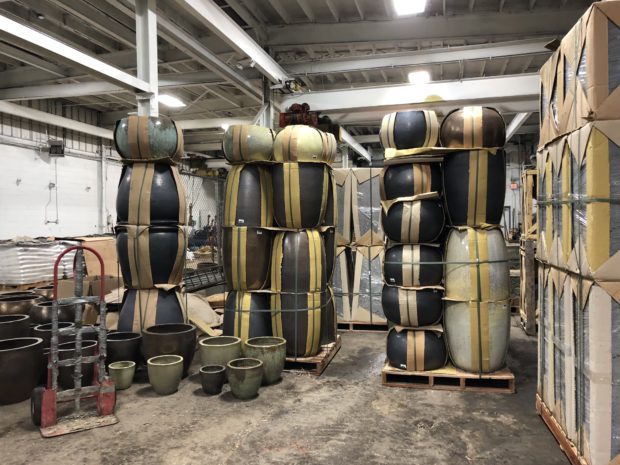 This year, we placed an order for a 52 foot long container, stacked to the ceiling. The Vietnamese potteries are unusual in the following regard. They not only manufacture to order, they ready their goods for shipment. They are expert packers. They are happy to load a container bound for other countries. Their packing expertise has a lot to do with the thriving tennis shoe industry in Vietnam. Each pot you see in the above picture has 3 smaller sizes nested inside. The smaller pots, in graduated sizes, are nested inside the Mama pot protected by a layer of recycled tennis shoe sole cut offs. The pots that Rob orders and brings in from Vietnam are gorgeous. They are compatible with both tradition and contemporary landscapes. When he orders an entire container load, this means that the price to our customers is all that much more reasonable. I can say that Detroit Garden Works will have lots of frost proof glazed stoneware pots available for great prices this spring.
This year, we placed an order for a 52 foot long container, stacked to the ceiling. The Vietnamese potteries are unusual in the following regard. They not only manufacture to order, they ready their goods for shipment. They are expert packers. They are happy to load a container bound for other countries. Their packing expertise has a lot to do with the thriving tennis shoe industry in Vietnam. Each pot you see in the above picture has 3 smaller sizes nested inside. The smaller pots, in graduated sizes, are nested inside the Mama pot protected by a layer of recycled tennis shoe sole cut offs. The pots that Rob orders and brings in from Vietnam are gorgeous. They are compatible with both tradition and contemporary landscapes. When he orders an entire container load, this means that the price to our customers is all that much more reasonable. I can say that Detroit Garden Works will have lots of frost proof glazed stoneware pots available for great prices this spring.
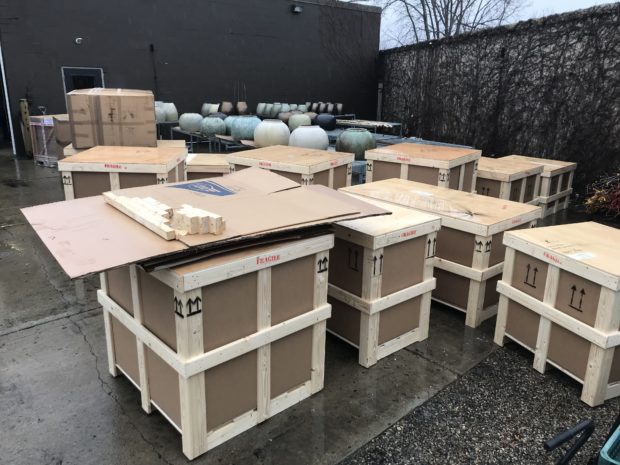 Not all of Rob’s shopping is as efficient and reasonable as the load of pots from Vietnam. He shopped at a number of small potteries in France this past September. Few of them have the ability to pack, and deliver. They make the pots, and offer them for sale. Locally. He placed a special order for pots, knowing that we would need help to get them ready to ship. Our shipping company played a vital role in getting this container to us. They send trucks to all of those places where Rob shopped, to pick up the goods and consolidate them in their warehouse in Paris.
Not all of Rob’s shopping is as efficient and reasonable as the load of pots from Vietnam. He shopped at a number of small potteries in France this past September. Few of them have the ability to pack, and deliver. They make the pots, and offer them for sale. Locally. He placed a special order for pots, knowing that we would need help to get them ready to ship. Our shipping company played a vital role in getting this container to us. They send trucks to all of those places where Rob shopped, to pick up the goods and consolidate them in their warehouse in Paris. 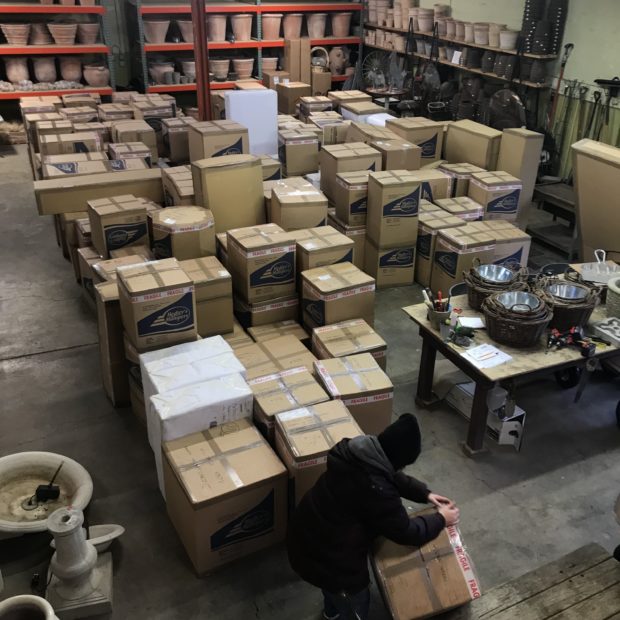 Once all of his purchases have been collected, they are boxed or crated for shipment. Once everything is ready, the goods are handed off to a freight company that will see that our container is shipped door to door, from Paris France to Sylvan Lake Michigan. Countless rules and regulations govern the import of goods from other countries. In a good year, all goes smoothly. This year, a glitch. The bill of lading did not specify the city, so the transport company decided their work was done once the container arrived in Detroit. It sat on the railway for better than a week after it cleared customs, while all the parties involved decided how to get our container transported the last 28 miles. Heather’s last week with us was in part spent training our new internet sales and service person Jackie in the fine art of getting a container derailed by incomplete paperwork back on track.
Once all of his purchases have been collected, they are boxed or crated for shipment. Once everything is ready, the goods are handed off to a freight company that will see that our container is shipped door to door, from Paris France to Sylvan Lake Michigan. Countless rules and regulations govern the import of goods from other countries. In a good year, all goes smoothly. This year, a glitch. The bill of lading did not specify the city, so the transport company decided their work was done once the container arrived in Detroit. It sat on the railway for better than a week after it cleared customs, while all the parties involved decided how to get our container transported the last 28 miles. Heather’s last week with us was in part spent training our new internet sales and service person Jackie in the fine art of getting a container derailed by incomplete paperwork back on track. 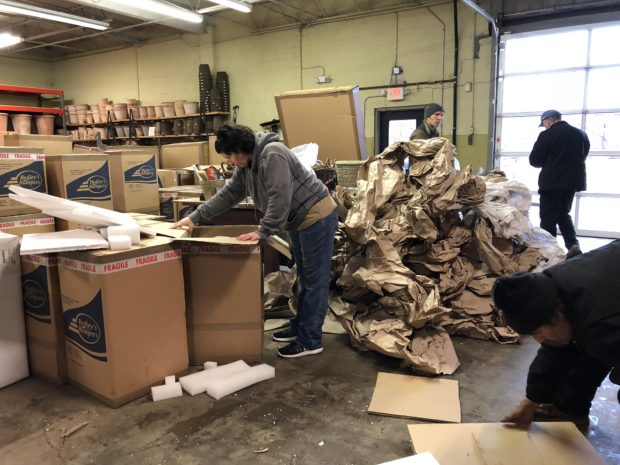 Once the container was unloaded, all of the boxes went into our garage and stockroom. There were a lot of boxes and crates to unpack. 204, to be exact. Every pot Rob purchased came to us in its own box. Every box was stuffed with heavyweight kraft packing paper. Very large pots came in wood crates built especially for this purpose.
Once the container was unloaded, all of the boxes went into our garage and stockroom. There were a lot of boxes and crates to unpack. 204, to be exact. Every pot Rob purchased came to us in its own box. Every box was stuffed with heavyweight kraft packing paper. Very large pots came in wood crates built especially for this purpose.
 The trip from Paris can be a rough ride, so expert packing is necessary. Though the entire container load was insured, our primary interest is in pots delivered in perfect condition. In all of the 204 packages, only one pot has a small chip in the glaze.
The trip from Paris can be a rough ride, so expert packing is necessary. Though the entire container load was insured, our primary interest is in pots delivered in perfect condition. In all of the 204 packages, only one pot has a small chip in the glaze.
 A collection of both new and antique wood barrels would not be subject to breakage, so they were blanket wrapped.
A collection of both new and antique wood barrels would not be subject to breakage, so they were blanket wrapped.
 In the upper left of the above photo you can see Jackie moving a pot she had just unpacked. That will give you an idea of how much paper was used to pack the pots. I was standing near the top of our rolling ladder to take this picture.
In the upper left of the above photo you can see Jackie moving a pot she had just unpacked. That will give you an idea of how much paper was used to pack the pots. I was standing near the top of our rolling ladder to take this picture.
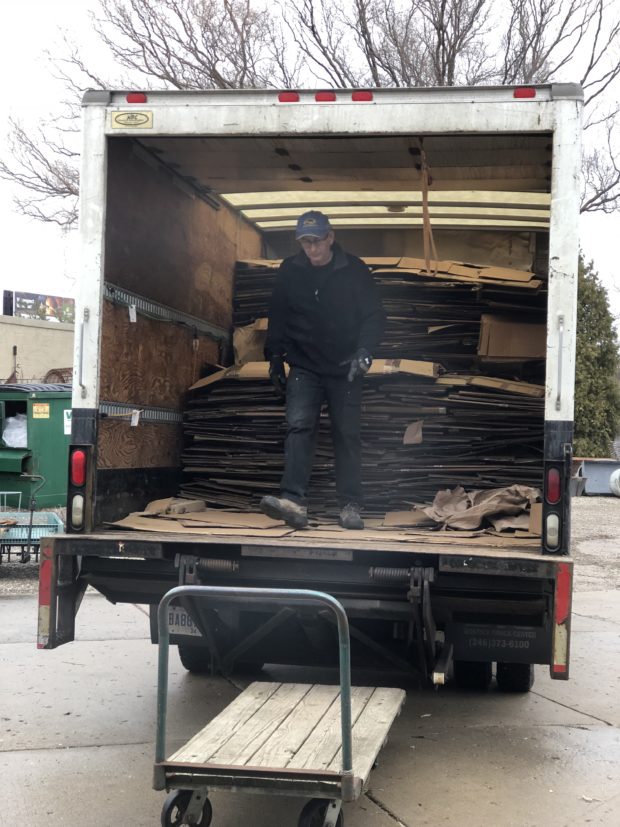 We are fortunate to have a paper recycling facility available to us. After all of the boxes were knocked down and placed flat in our box truck, we started loading the paper. It would take 3 truck loads before all of the paper was gone. Now we are taking inventory, pricing, and displaying asfast as we can. The shop reopens for the season in 2 days.
We are fortunate to have a paper recycling facility available to us. After all of the boxes were knocked down and placed flat in our box truck, we started loading the paper. It would take 3 truck loads before all of the paper was gone. Now we are taking inventory, pricing, and displaying asfast as we can. The shop reopens for the season in 2 days.
 A first look at the pots from Les Enfant de Boisset made clear why Rob fell for them. The color is a rich and lively mix of olive greens.
A first look at the pots from Les Enfant de Boisset made clear why Rob fell for them. The color is a rich and lively mix of olive greens.
 Even the interior of the pots is beautiful.
Even the interior of the pots is beautiful.
Detroit Garden Works is opening for the 2018 season March 1.
